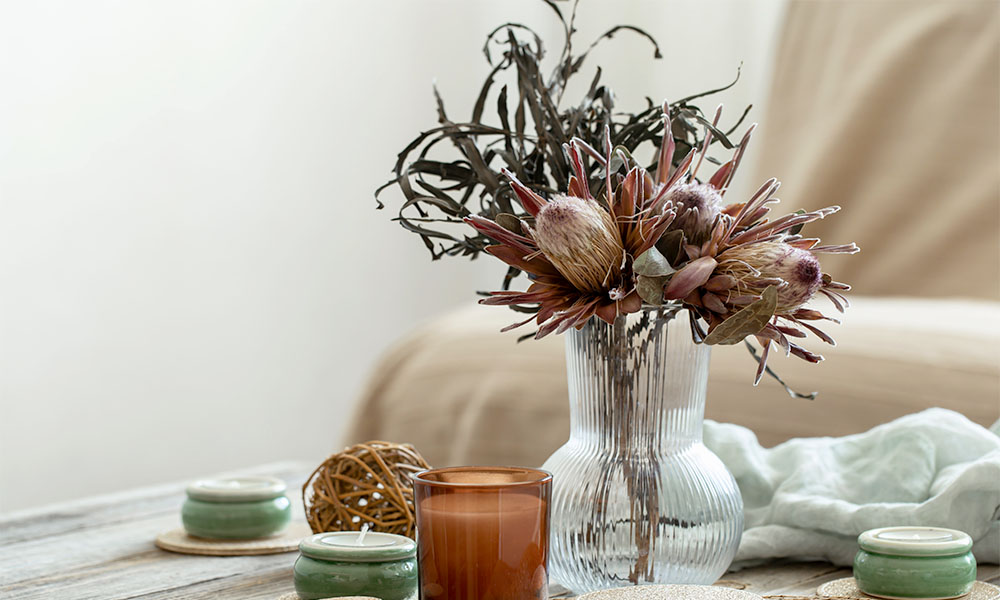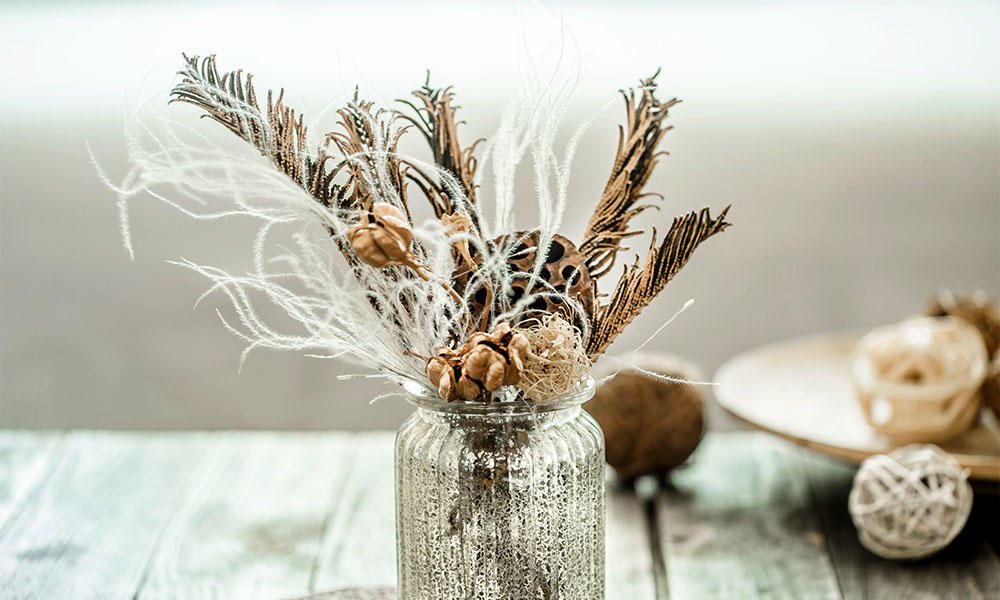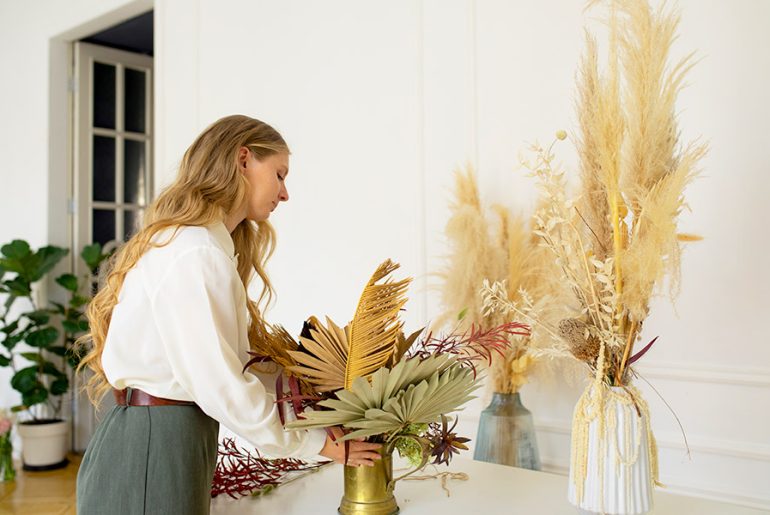Natural elements have always held a special place in Scandinavian design, but few traditions capture the essence of Nordic aesthetics quite like pyntekvister. This Norwegian term, meaning “decorative twigs” or “ornamental branches,” represents a timeless practice that brings the beauty of nature indoors while connecting modern homes to centuries-old cultural traditions. Whether you’re seeking to embrace minimalist design principles or simply want to add an authentic touch of Scandinavian charm to your living space, understanding pyntekvister can transform your approach to home decoration.
Understanding the Cultural Heritage of Pyntekvister
The roots of pyntekvister stretch deep into Nordic history, where these carefully selected branches served purposes far beyond mere decoration. Traditional Scandinavian households would gather specific types of wood and twigs, choosing each piece with intention and care. The practice wasn’t simply about aesthetics it carried profound cultural significance.
In Nordic folklore, pyntekvister were believed to bring good fortune into homes and represented the changing seasons along with nature’s inherent beauty. Families would often incorporate these decorative branches into cultural rituals, marking important seasonal transitions and celebrating the natural world’s cyclical patterns.
Symbolism and Meaning Behind the Branches
Nordic tales say that putting branches in certain spots brought good luck to houses and symbolized growth, strength, and the changing seasons. The selection process itself became a mindful practice, encouraging people to venture into nature and choose branches that spoke to them personally. This connection between indoor decoration and outdoor exploration remains central to the pyntekvister philosophy.
Different types of branches carried various meanings within traditional Nordic culture. Birch branches symbolized new beginnings and renewal, while oak represented strength and endurance. Pine and fir branches brought the promise of resilience through harsh winters, making them particularly popular during colder months.
The Art of Selecting and Preparing Pyntekvister
Creating authentic pyntekvister displays requires more than simply gathering random branches from your backyard. The traditional approach involves careful consideration of several factors that contribute to both the aesthetic appeal and symbolic meaning of your decorative arrangement.
Choosing the Right Branches
The most successful pyntekvister displays feature branches with interesting shapes, natural curves, and varying textures. Look for branches that have personality ones with gentle bends, unique bark textures, or tiny side shoots that add more interest to the look. The goal is to find pieces that tell a story about their growth and survival in nature.
Consider the season when selecting your branches. Spring branches with emerging buds bring hope and renewal energy into your home, while autumn branches with changing leaves celebrate transformation and natural beauty. Winter branches, without any leaves, show off the clean and clear shape of the wood itself.
Preparation Techniques
Once you’ve selected your branches, proper preparation ensures they’ll maintain their beauty and last longer in your home environment. Use a soft brush to gently clean the branches and take off any loose bark, dirt, or debris. For branches you plan to display for extended periods, consider applying a natural wood preservative that won’t alter their appearance but will help prevent decay.
Some practitioners prefer to strip certain sections of bark to create contrast and highlight the wood’s natural grain. This selective peeling should be done carefully with proper tools to avoid damaging the branch’s structural integrity.
Modern Applications of Pyntekvister in Contemporary Design

Today’s pyntekvister is a great mix of cultural tradition, eco-friendliness, and modern design flexibility. Interior designers and homeowners worldwide have embraced this Nordic practice, adapting it to suit contemporary living spaces while honoring its traditional roots.
Minimalist Interior Integration
Pyntekvister fits well with minimalist design, which focuses on simple looks, natural materials, and meaningful decorations. A single, carefully chosen branch displayed in a simple ceramic vase can serve as a striking focal point that embodies the “less is more” philosophy central to both minimalism and Scandinavian design.
The neutral tones and organic shapes of pyntekvister complement modern furniture and architectural elements without overwhelming the space. They provide visual interest and texture while maintaining the clean, uncluttered aesthetic that defines contemporary minimalist interiors.
Seasonal Decorating with Natural Elements
One of the most appealing aspects of pyntekvister is their adaptability to seasonal changes. Unlike static decorative elements, branches can be refreshed, rearranged, or completely replaced to reflect the current season or your evolving aesthetic preferences.
During spring, incorporate branches with fresh green buds or early blossoms. Summer displays might feature leafy branches that bring vibrant natural color indoors. Autumn arrangements can showcase branches with colorful changing leaves, while winter displays celebrate the stark beauty of bare branches against snowy landscapes.
Creating Stunning Pyntekvister Displays
The key to successful pyntekvister displays lies in understanding balance, proportion, and the relationship between natural and designed elements within your space. These arrangements should feel intentional yet effortless, capturing the essence of nature while complementing your home’s overall design scheme.
Choosing the Perfect Vessel
The container you pick for your pyntekvister can greatly affect how your display looks overall. Traditional Nordic homes often featured simple ceramic or wooden vessels that allowed the branches to take center stage. Modern interpretations might include sleek glass vases, rustic pottery, or even repurposed industrial containers that create interesting contrast.
Consider the scale relationship between your chosen branches and their container. Tall, dramatic branches need strong vases that can hold their weight and make a statement, while smaller, more delicate branches look better in simpler containers that don’t take away from them.
Arrangement Principles and Techniques
Pyntekvister arrangements should look like they naturally belong in nature, while also bringing a simple, clean style to your home. Start by selecting an odd number of branches three or five typically work well as this creates more dynamic visual interest than even-numbered groupings.
Vary the heights and angles of your branches to create natural-looking compositions that suggest how they might grow in their forest environment. Avoid overly symmetrical arrangements that feel forced or artificial. The goal is to capture the random beauty of nature within your designed space.

Sustainable Living Through Natural Decoration
Pyntekvister can range from natural to artificial versions, but embracing the traditional approach using real branches supports sustainable decorating practices that benefit both your home environment and the broader ecosystem.
Environmental Benefits
Choosing natural pyntekvister over manufactured decorative items reduces your environmental impact while bringing genuine natural elements into your living space. Real branches are biodegradable, renewable, and require no industrial processing or synthetic materials.
When gathering branches for your displays, practice responsible harvesting techniques that don’t harm living trees or disrupt natural ecosystems. Focus on collecting fallen branches or those that need pruning for tree health, rather than cutting healthy growth unnecessarily.
Economic Advantages
Natural pyntekvister displays offer significant economic advantages over purchased decorative items. The primary cost involves your time spent collecting and preparing branches the materials themselves are freely available in most natural environments.
This accessibility makes pyntekvister an excellent option for budget-conscious decorators who want to achieve sophisticated, designer-quality results without substantial financial investment. The practice also encourages regular engagement with natural environments, providing additional health and wellness benefits beyond simple cost savings.
Conclusion
Pyntekvister represents far more than a simple decorating technique it embodies a mindful approach to living that honors natural beauty, cultural heritage, and sustainable practices. By incorporating these decorative branches into your home, you connect with centuries of Nordic tradition while creating spaces that feel grounded, peaceful, and authentically beautiful.
Whether you choose to display a single dramatic branch as a statement piece or create complex seasonal arrangements throughout your home, pyntekvister offers endless possibilities for personal expression and creative exploration. The practice encourages us to slow down, observe the natural world more carefully, and bring intentional beauty into our daily living environments through simple yet profound means.






